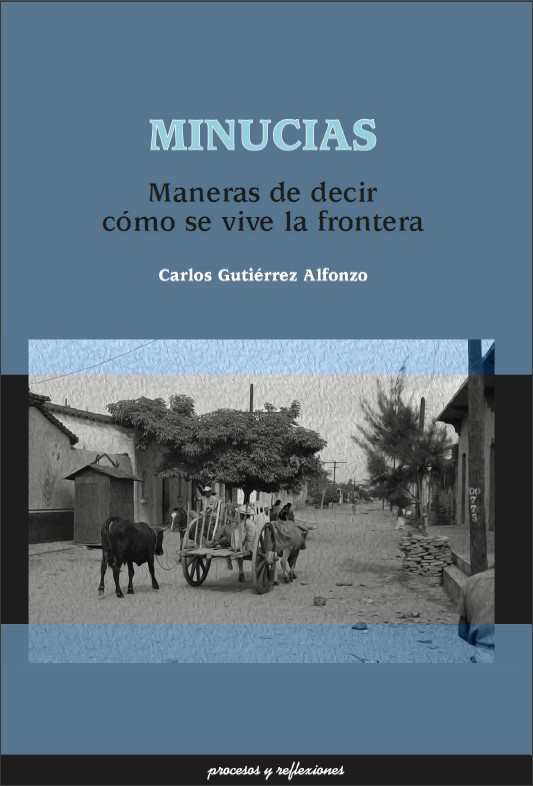Fractal ethnography on the Chiapas-Huehuetenango border

This work is licensed under a Creative Commons Attribution-NonCommercial-NoDerivatives 4.0 International License.
Main Article Content
Main Article Content
Abstract
A proposal that could be defined as “fractal ethnography” is in the reviewed book, a methodological and theoretical experiment to account for a region whose point of reference is Frontera Comalapa, Chiapas. The author, originally from that place, resorts to the ethnographic record and to different sources from which he does not exclude those that are characteristic of these times. He elaborates encapsulated descriptions, which together give the possibility of thinking about that zone of the Mexico-Guatemala border. Divided into four parts, the book, which does not have a temporal sequence and in which it is committed to the recording of speech, is also an existential reflection open to several questions whose answer is that of the fragments with which its author, Carlos Gutiérrez Alfonzo, out of amazement, has formed it.
Article Details
References
Gutiérrez Alfonzo, Carlos, 2021, Minucias. Maneras de decir cómo se vive la frontera, México: Centro de Investigaciones Multidisciplinarias sobre Chiapas y la Frontera Sur (CIMSUR-UNAM)








